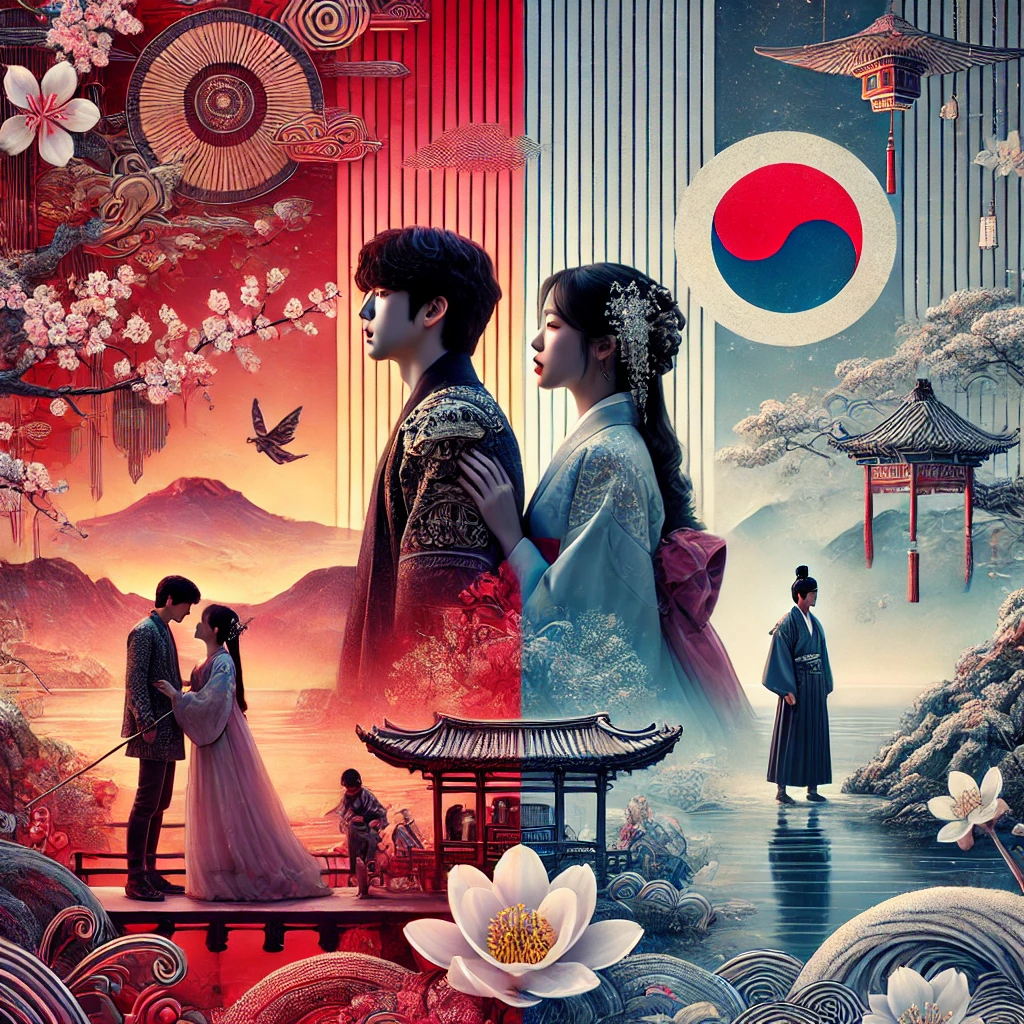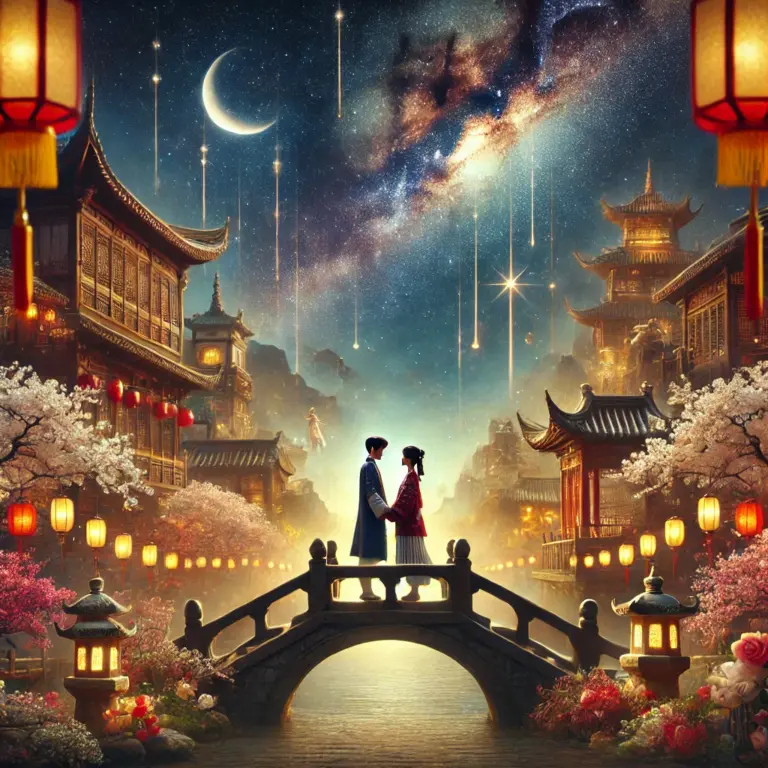Korean Dramas Versus Japanese Dramas
Anúncios
Korean dramas and Japanese dramas have won fans worldwide with their captivating stories and memorable characters. While both have roots in Asian culture, they possess unique characteristics that set them apart in terms of style, narrative, and cultural approach.
Whether you’re a fan of one or both, understanding these differences can further enrich your viewing experience. Let’s explore the similarities and contrasts that make K-dramas and J-dramas so special!

1. Duration and Format
- Korean Dramas (K-dramas):
K-dramas typically have 16 to 20 episodes, each about 60 minutes long, with a complete story arc from beginning to end. This format allows for deeper storytelling and character development. - Japanese Dramas (J-dramas):
J-dramas tend to be shorter, with 8 to 12 episodes, each lasting about 30 to 45 minutes. This results in more compact, focused stories, often centered around a single theme without extensive subplots.
2. Narrative Style
- K-dramas:
Known for emotionally intense stories filled with twists, mystery, and dramatic moments, K-dramas often combine romance, comedy, and fantasy within a single production, creating dynamic experiences. Examples: Goblin, Descendants of the Sun. - J-dramas:
J-dramas often take a realistic and subdued approach, focusing on everyday themes like work, friendship, and self-discovery. Their humor tends to be subtle and quirky, reflecting Japanese cultural nuances. Examples: Hana Yori Dango, Midnight Diner.
3. Production and Aesthetics
- K-dramas:
The Korean industry invests heavily in cinematography and production. K-dramas often boast a cinematic aesthetic, with stunning locations, sophisticated costumes, and meticulously curated soundtracks. - J-dramas:
J-dramas lean towards simplicity and minimalism in production. Rather than grand visual effects, they focus on functional sets and dialogue-driven narratives that highlight character interactions.
4. Story Pacing
- K-dramas:
Typically feature longer story arcs, balancing moments of tension, romance, and humor. This structure keeps viewers engaged throughout the episodes. - J-dramas:
Offer a faster and more straightforward pace due to their shorter runtime. Stories are resolved more quickly, appealing to those who prefer concise narratives.
5. Themes and Cultural Approaches
- K-dramas:
Often explore universal themes like love, family, and overcoming hardships, with a dramatic flair. Elements of Korean culture, such as food, K-pop, and respect for hierarchy, are frequently woven into the stories. - J-dramas:
Tend to tackle social and philosophical issues like workplace pressure, mental health, and the search for purpose in life. These dramas often leave viewers with reflective and thought-provoking messages.
6. Depiction of Romance
- K-dramas:
Romance in K-dramas is often idealized, featuring grand gestures and intense romantic scenes. The much-anticipated “first kiss” is a pivotal moment for fans. - J-dramas:
Romance in J-dramas is more subtle and realistic. Characters often take longer to confess their feelings, reflecting the more reserved nature of Japanese culture.
7. Cast and Characters
- K-dramas:
K-dramas frequently feature star-studded casts, including K-pop idols and famous actors. Protagonists are often portrayed as charismatic and almost “heroic.” - J-dramas:
J-drama characters tend to be more realistic and flawed, making them relatable and human. The acting style is often more naturalistic, emphasizing subtle emotions.
Similarities Between K-dramas and J-dramas
- Engaging Stories: Both aim to captivate and entertain viewers with unique narratives.
- Memorable Characters: Whether in K-dramas or J-dramas, the protagonists leave lasting impressions through their growth and journeys.
- Global Popularity: Thanks to platforms like Netflix and Viki, both styles have gained worldwide fans, spreading their local cultures far and wide.
Conclusion
While K-dramas and J-dramas have distinct differences in style, narrative, and production, both offer unique and captivating experiences. K-dramas dazzle with their stunning cinematography and emotional storylines, while J-dramas charm with their simplicity, realism, and deeper messages. Both are gems of Asian entertainment and deserve exploration by fans of engaging stories.
And you? Do you prefer the intense drama of K-dramas or the subtle charm of J-dramas? Share your thoughts and favorite recommendations in the comments!



